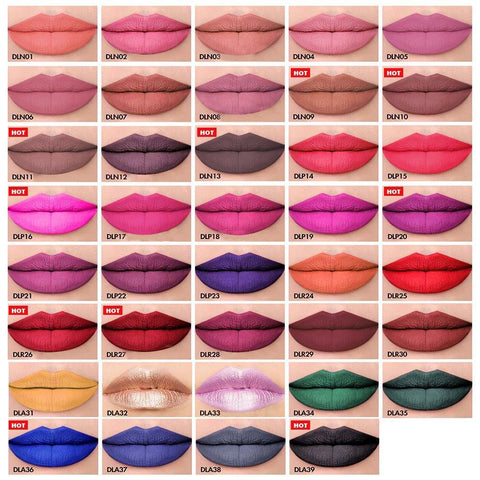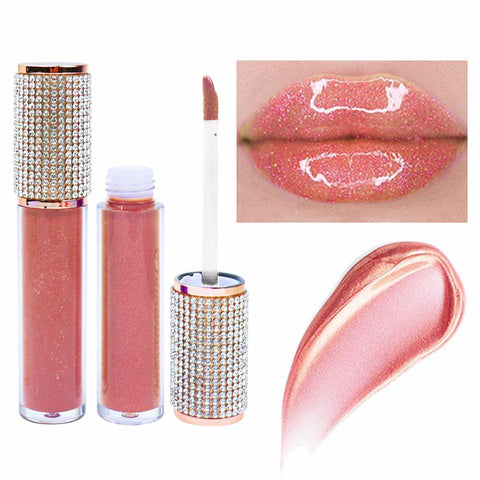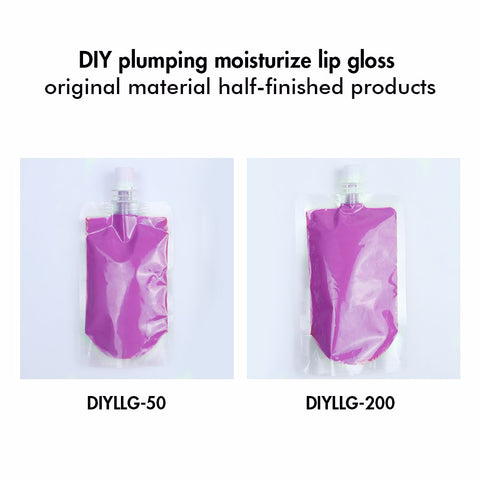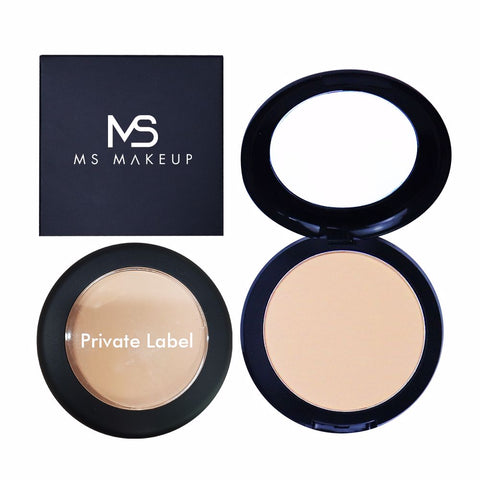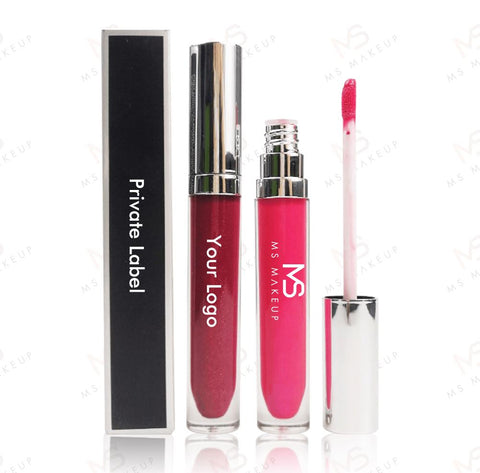What Makes Cosmetics Have the Wrong Brand
Section 602 of the FD & C Act [21 USC 362] describes the causes of false labeling of makeup:
"Cosmetics should be considered to be mislabeled-
(a) If the label is false or misleading in any way.
(b) In the case of packaging, unless it bears a label bearing the following label: (1) the name and place of business of the manufacturer, packer or distributor; (2) an accurate statement of the quantity of the articles contained in weight, measurement or number: the provisions shall permit reasonable variation under paragraph (2) of this subsection, and shall exempt small packages from the provisions of the Commissioner.
(c) If any words, statements or other information required to appear on the label or label by this act or under its authorization are not highlighted in such a conspicuous manner (with the label), and the terms that make it easy for ordinary people to read and understand under ordinary conditions of purchase and use.
(d) If its container is manufactured, molded or filled, it will be misleading.
(e) If it is a color additive, unless its packaging and labeling comply with the packaging and labeling requirements applicable to the color additive under the regulations issued under section 721. This subsection does not apply to packaging which, for its use in cosmetics, is commercially available and can only be used as a coloring additive (as defined in the last sentence of section 601 (a)) in or on hair dyes.
(f) If its packaging or labeling violates applicable regulations issued under section 3 or 4 of the anti drug packaging act 1970.
Please note that under the FD&C act, the term "mislabeling" applies to-
False or misleading information,
Lack of necessary information,
The visibility and readability of the required information,
Misleading packaging,
Improper packaging and labeling of color additives, and
The law of the people's Republic of China on anti-virus packaging requires the defects of special packaging.
*Note: according to the FD &C act, determining that a label is "misleading" includes considering both the content on the label and the content displayed on the label:
"If it is claimed that an article is mislabeled by a label or advertisement, in determining whether the label or advertisement is misleading, not only statements, words, design statements or suggestions should be considered, but also (among other things) , devices or any combination of them, including the extent to which the label or advertisement fails to disclose a material fact based on such representation or material, and the consequences resulting from the use of the label or advertisement under the conditions of use specified in the label or advertisement, or under customary or customary conditions of use "(FD &C act, 201 (n); 21 USC 321 (n)].
In addition, under the FD & C Act [15 usc1456 (a)], cosmetics sold in violation of the FPLA or any regulations issued under its authorization are considered to be mislabeled. For cosmetics sold as consumer goods, FPLA-More labeling information is needed, such as the identity of the product [15 usc1453], as well as authorized enforcement regulations to specify the correct display of the required labeling information, require ingredient declaration, and prevent fraudulent packaging [15 usc1454 (c)]
The FPLA defines consumer goods applicable to FDA regulated products as:
"Any food, drug, device, or cosmetic (as defined in the federal food, drug, and Cosmetic Act, and any other kind or class of merchandise normally produced or distributed, a product or merchandise, a tool or implement sold through a retail agent, for personal consumption, or for personal care purposes or for services provided in the home, usually within the Consumption or consumption in the course of such consumption or use. “ [15 USC1459(a)]
Note that FPLA defines the way consumer goods are sold, not labeled. Labeling products with words like "professional use only" does not prevent your products from being considered consumer goods under the FPLA.
The labeling requirements are very complex. For more information on cosmetic labeling, please refer to the FDA's cosmetic labeling manual and the labeling specification itself [21 CFR 701].
Beispiel-Block-Zitat
Praesent vestibulum congue tellus bei fringilla. Curabitur vitae semper sem, eu convallis est. Cras felis nunc commodo loremous convallis vitae interdum non nisl. Maecenas ac est sit amet augue pharetra convallis nec danos.
Beispiel Absatztext
Praesent vestibulum congue tellus at fringilla. Curabitur vitae semper sem, eu convallis est. Cras felis nunc commodo eu convallis vitae interdum non nisl. Maecenas ac est sit amet augue pharetra convallis nec danos dui.
Cras suscipit quam et turpis eleifend vitae malesuada magna congue. Damus id ullamcorper neque. Sed vitae mi a mi pretium aliquet ac sed elitos. Pellentesque nulla eros accumsan quis justo at tincidunt lobortis denimes loremous. Suspendisse vestibulum lectus in lectus volutpat, ut dapibus purus pulvinar. Vestibulum sit amet auctor ipsum.

